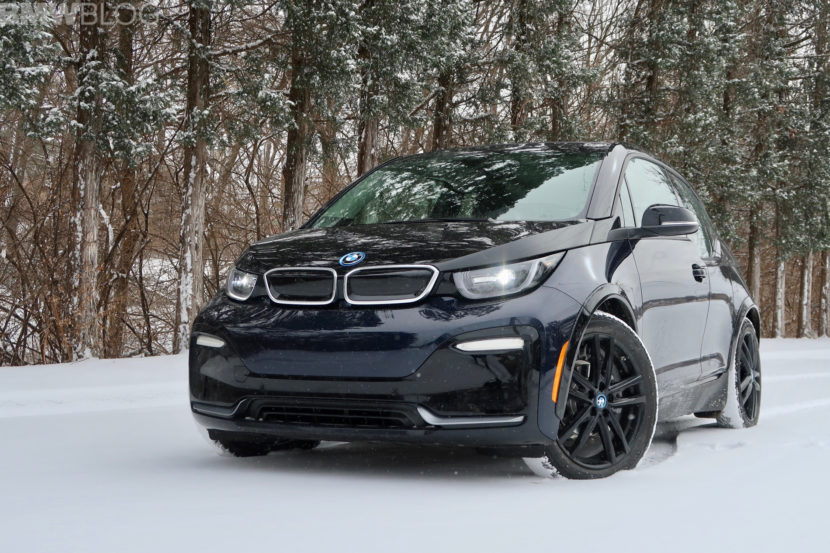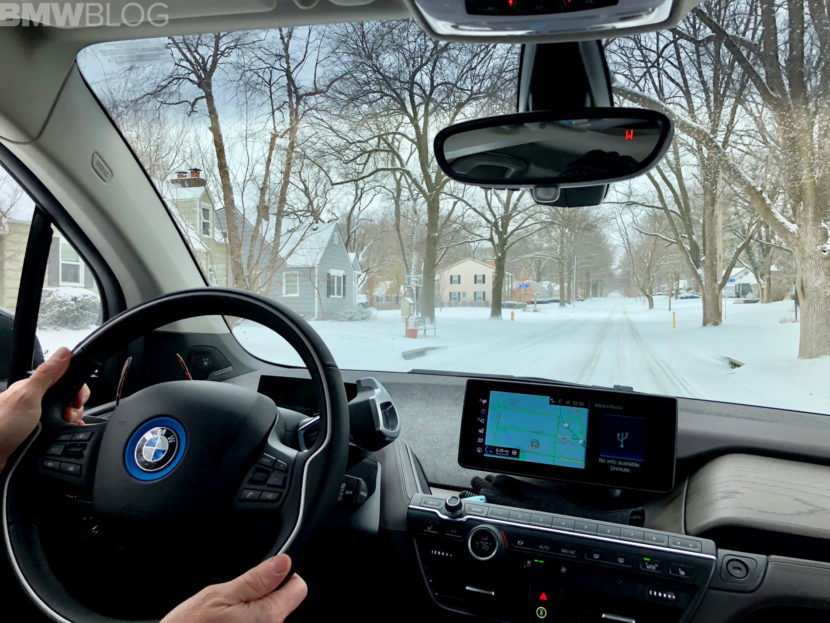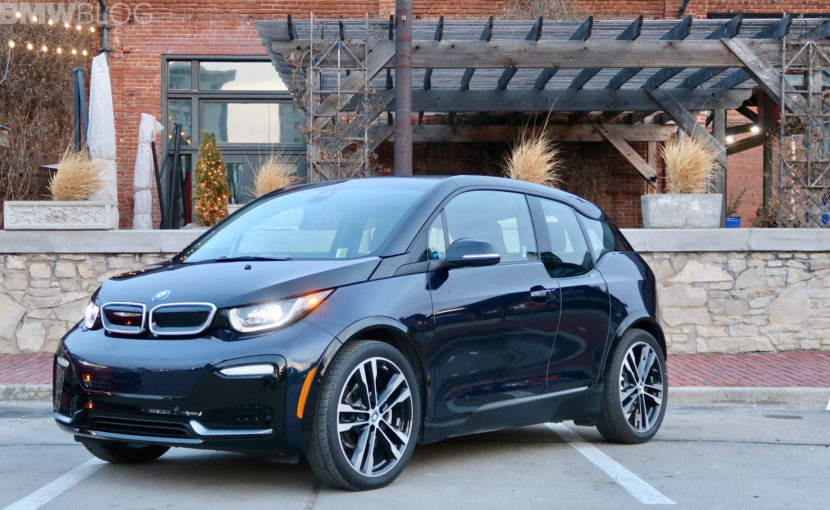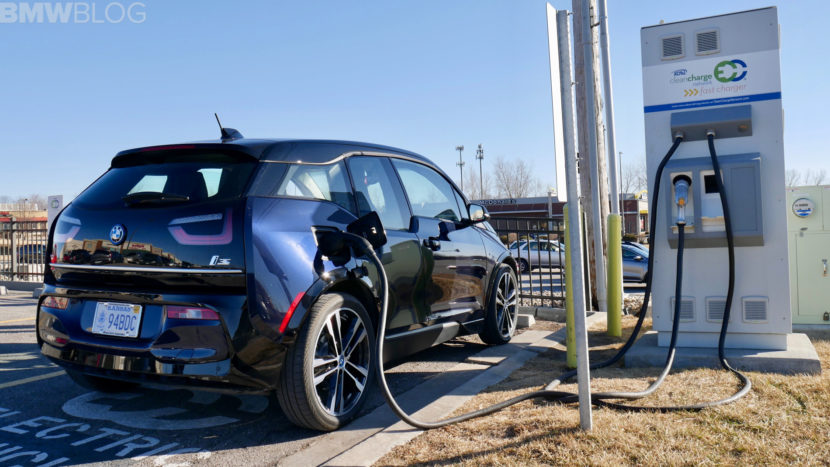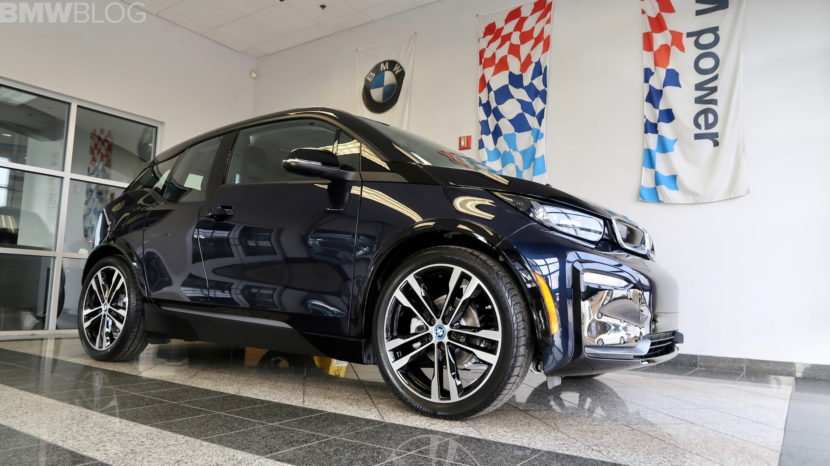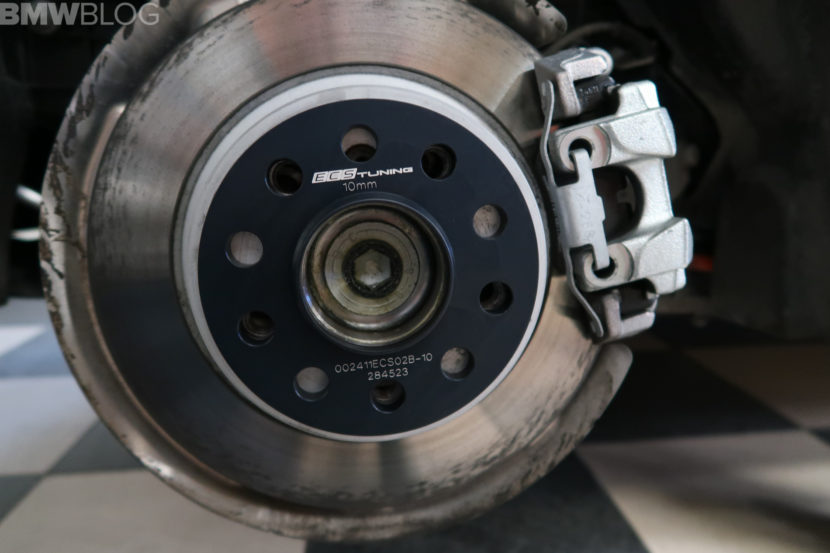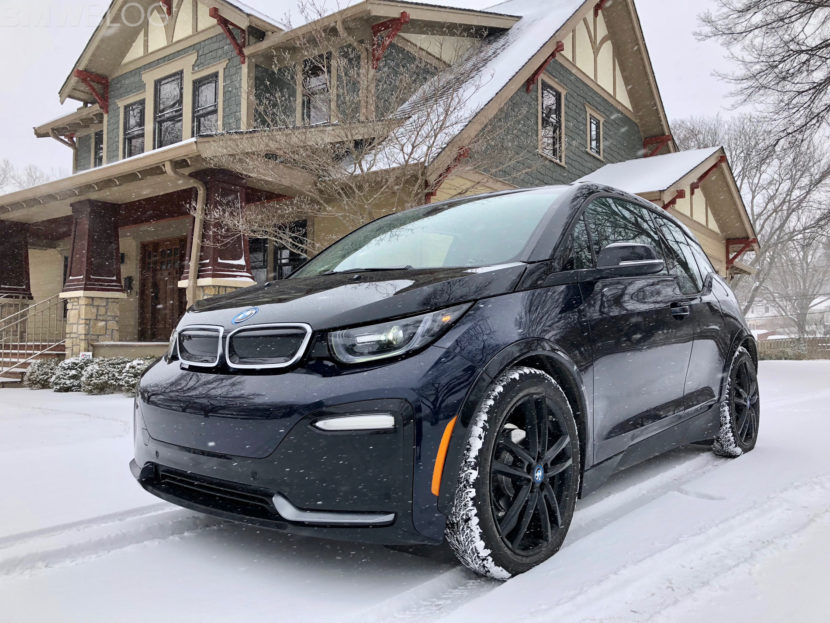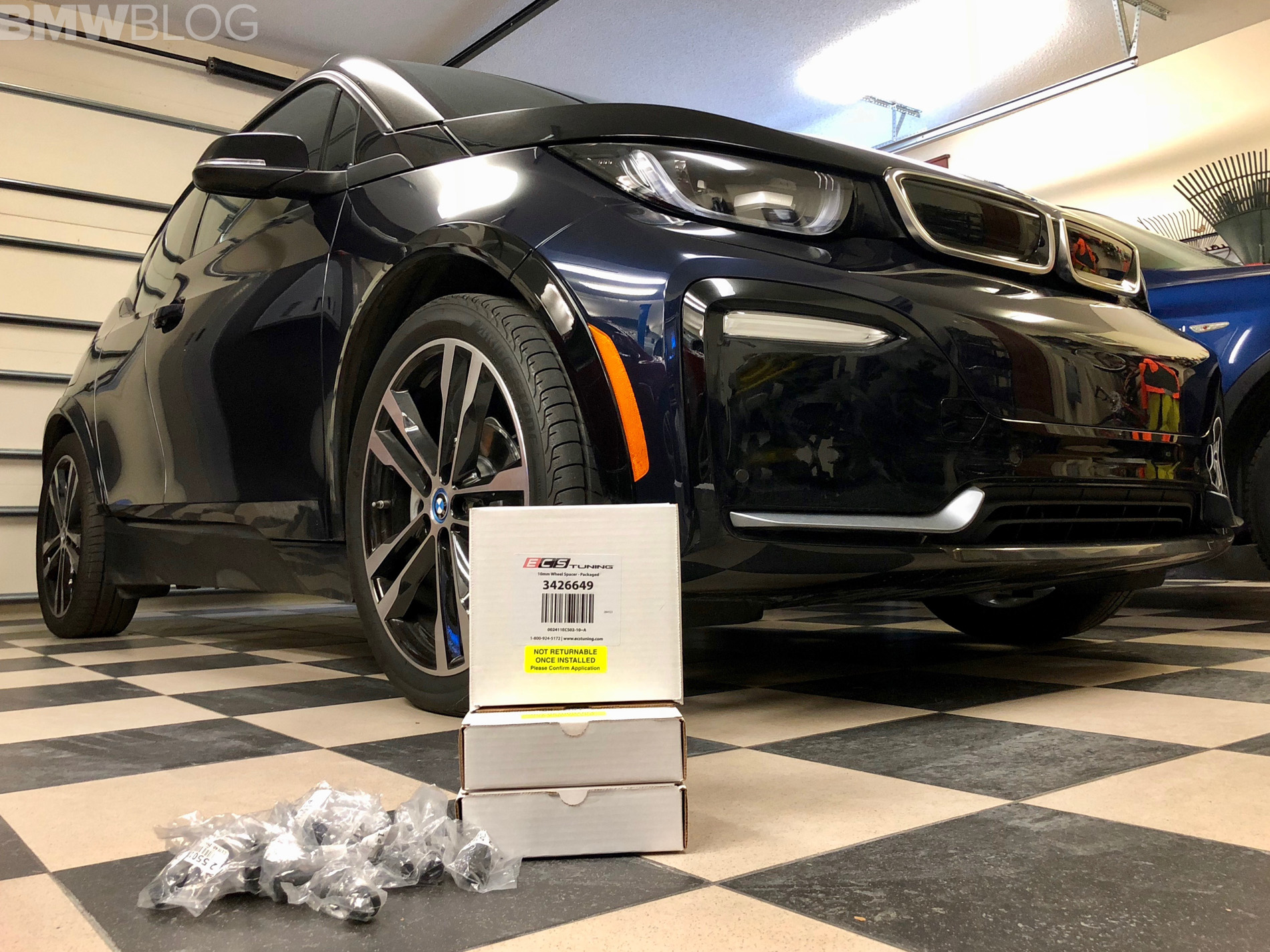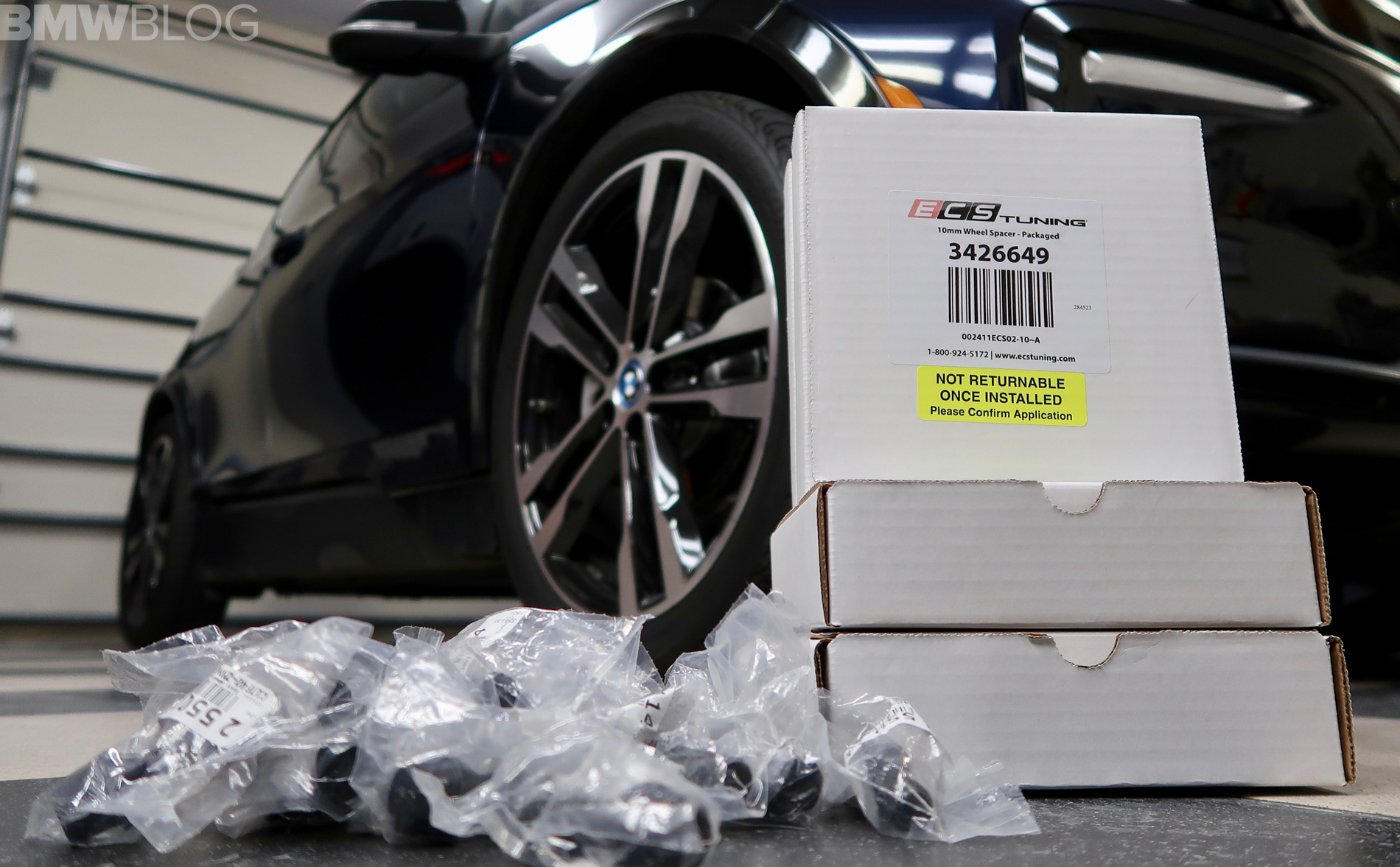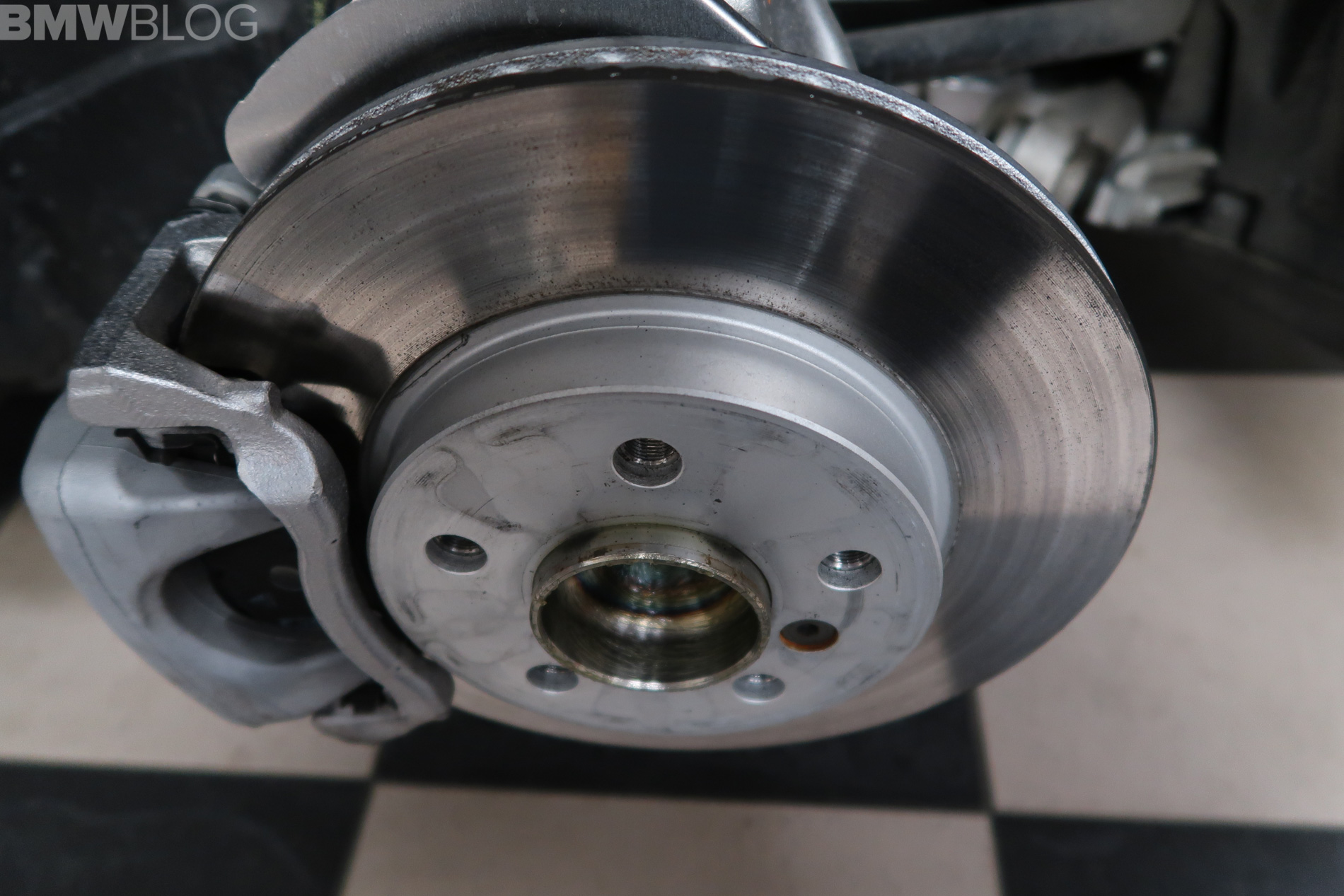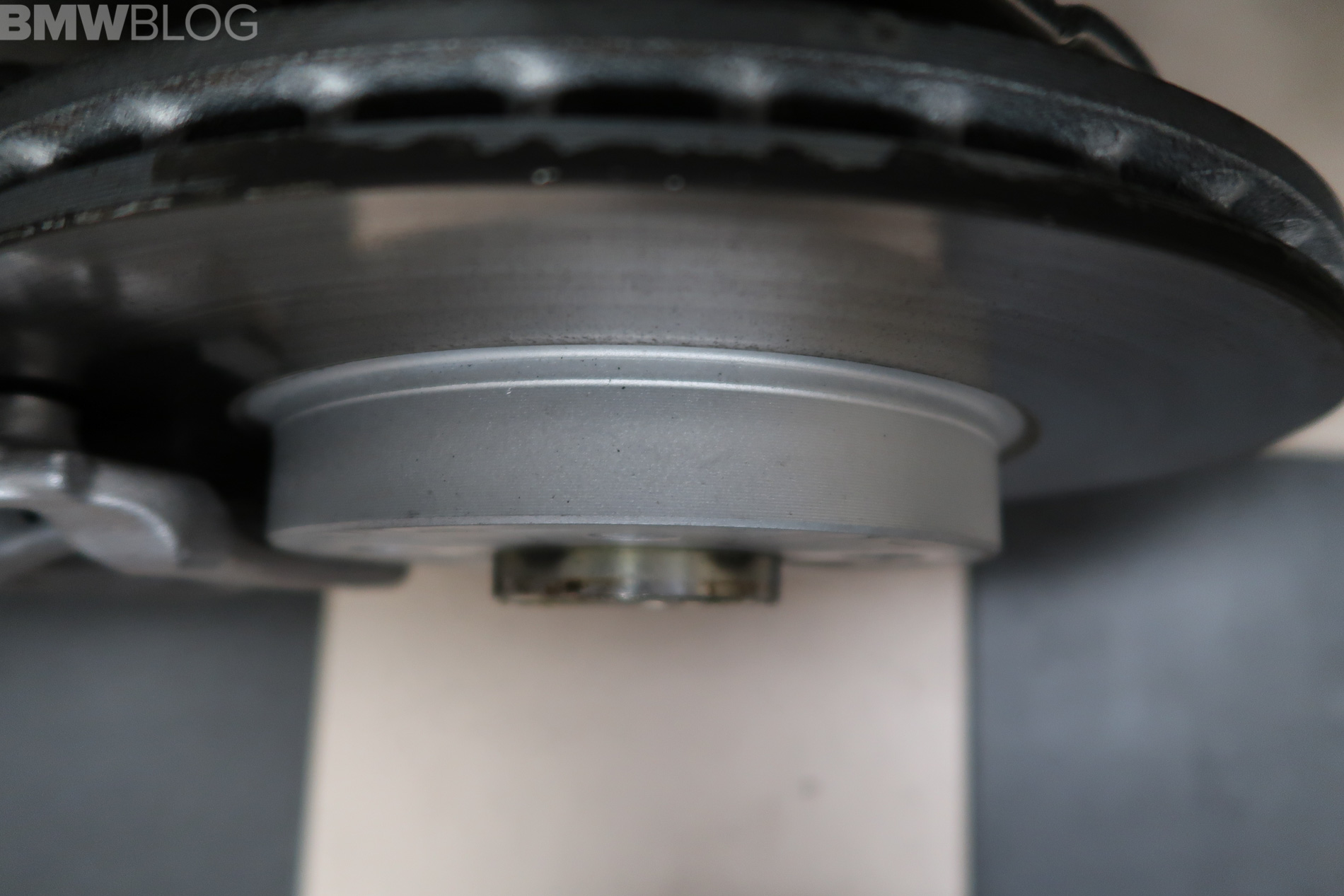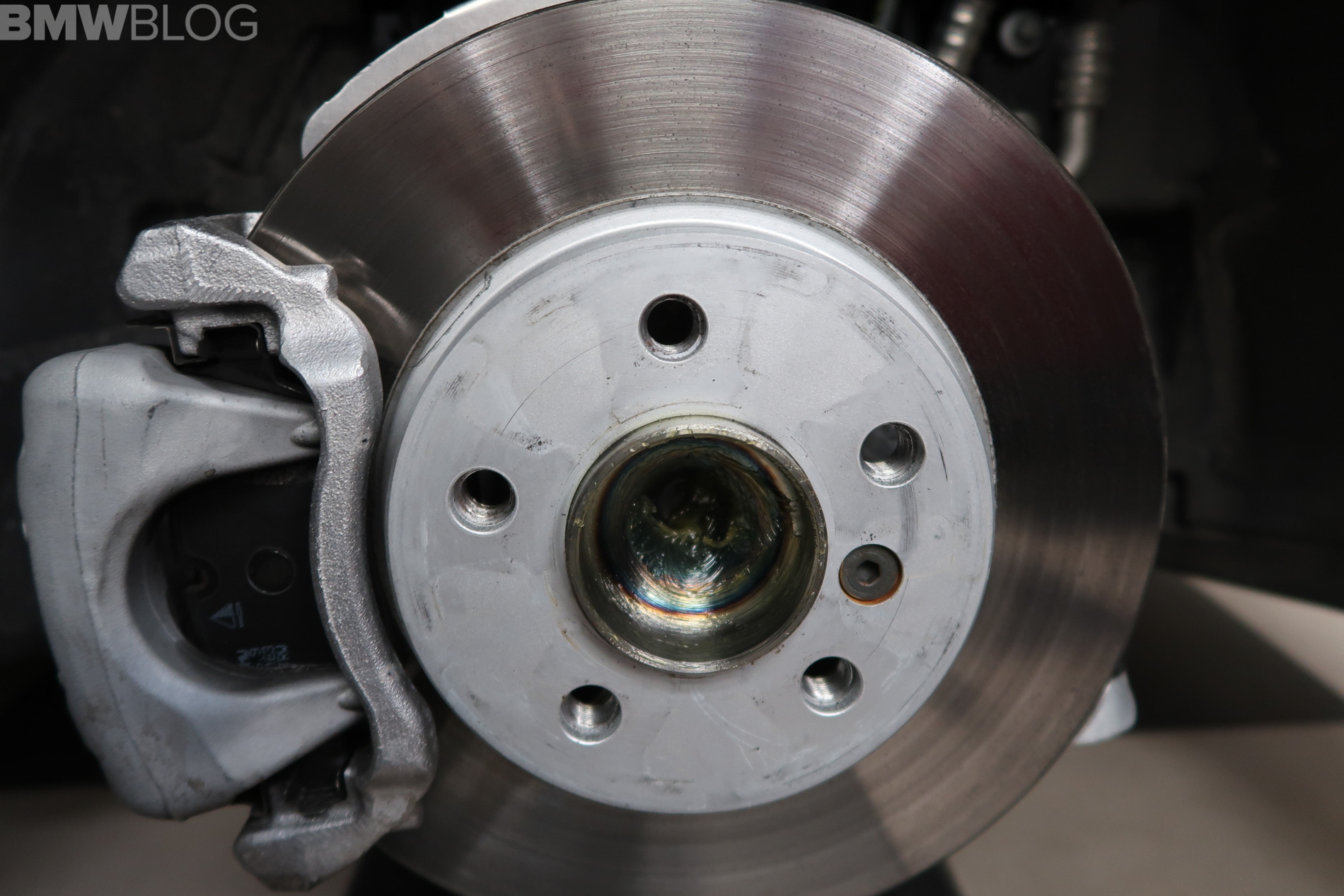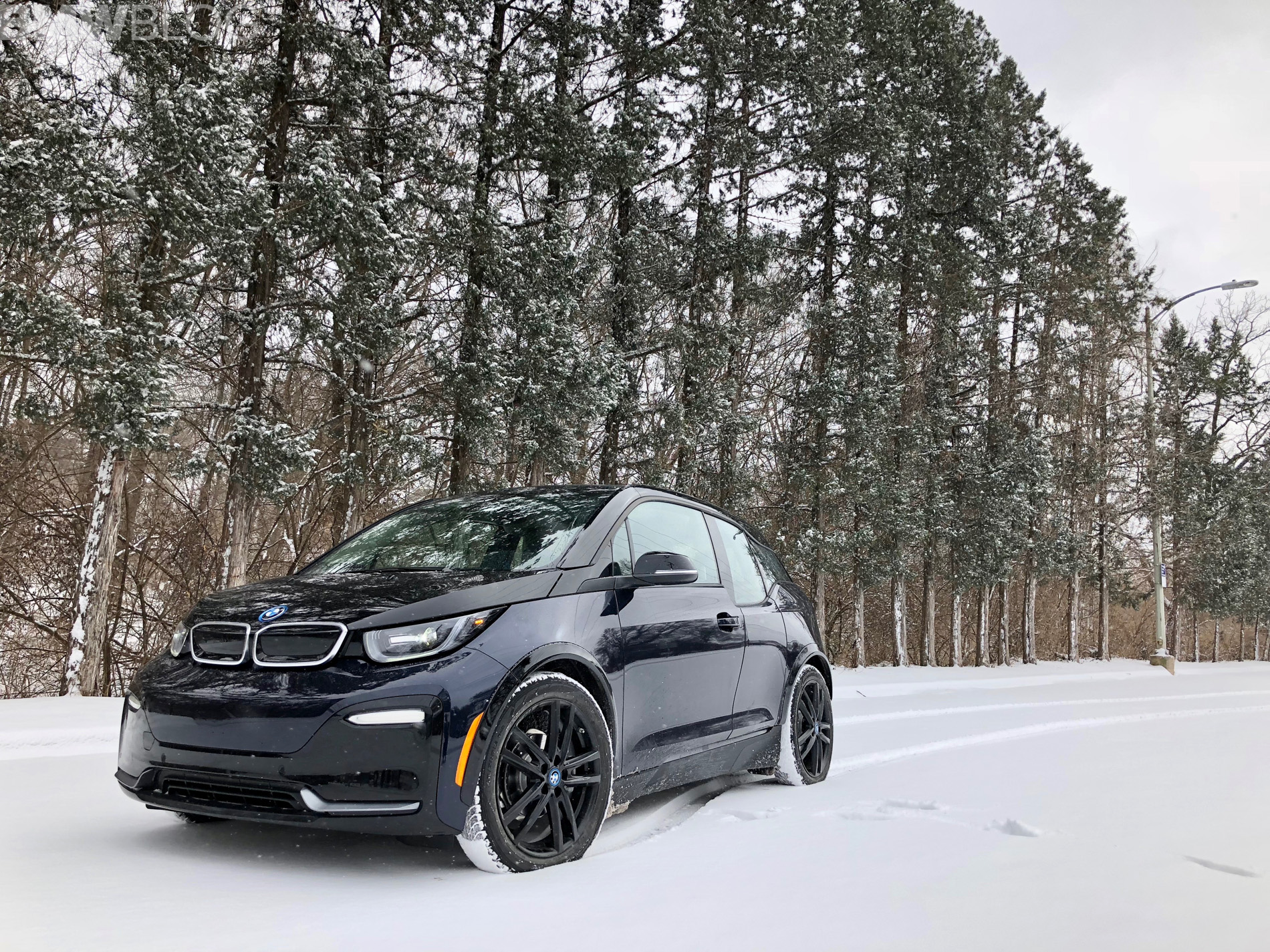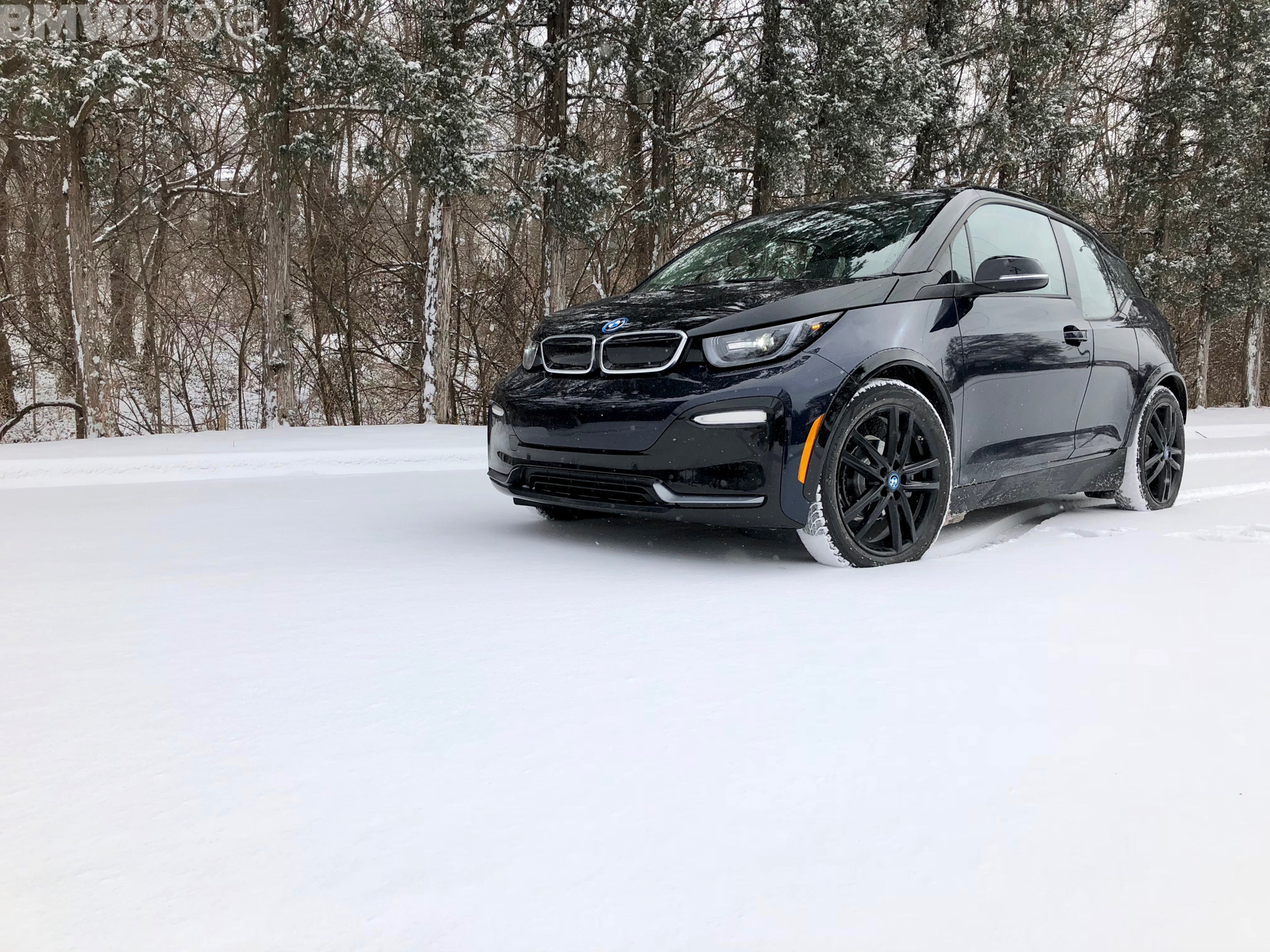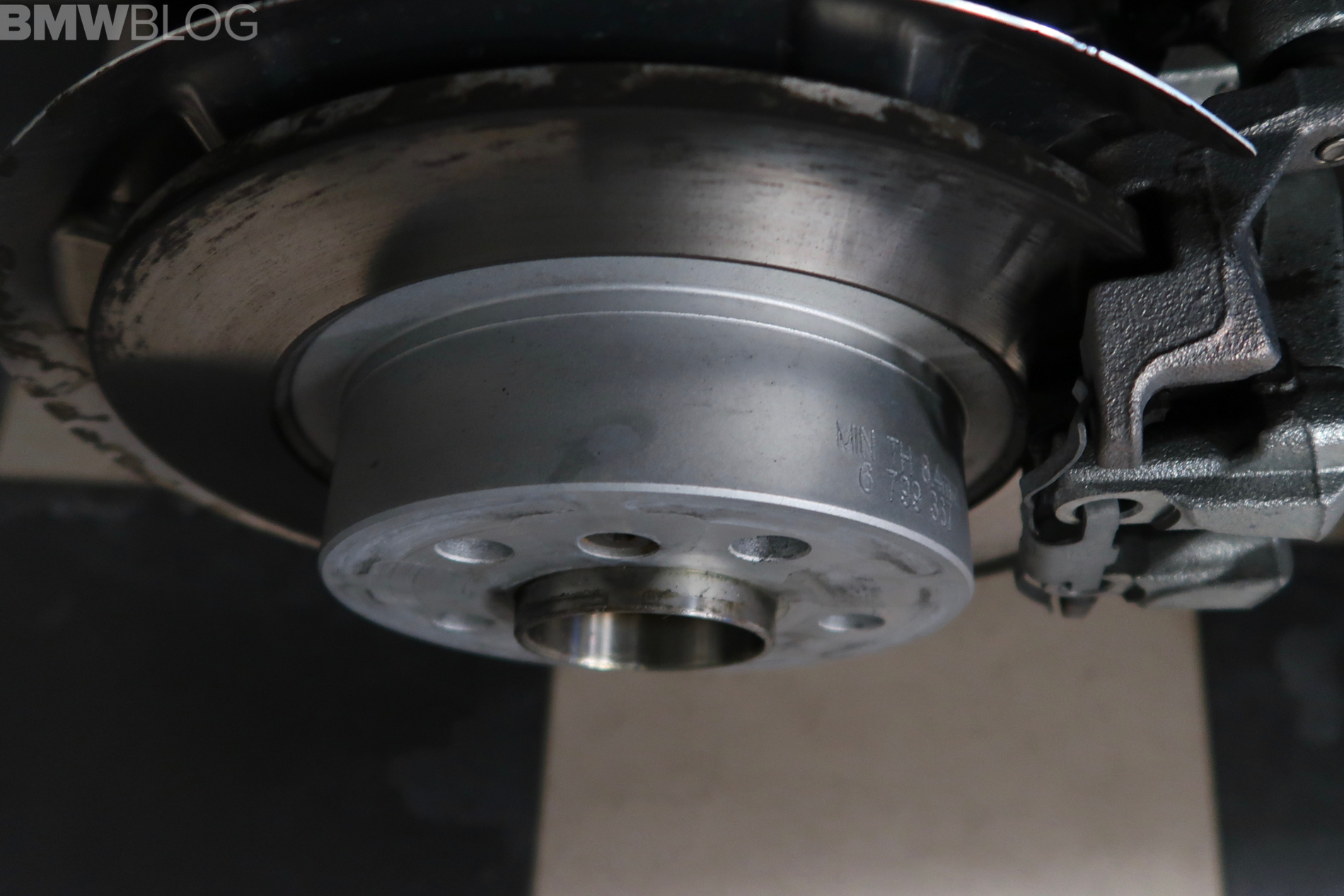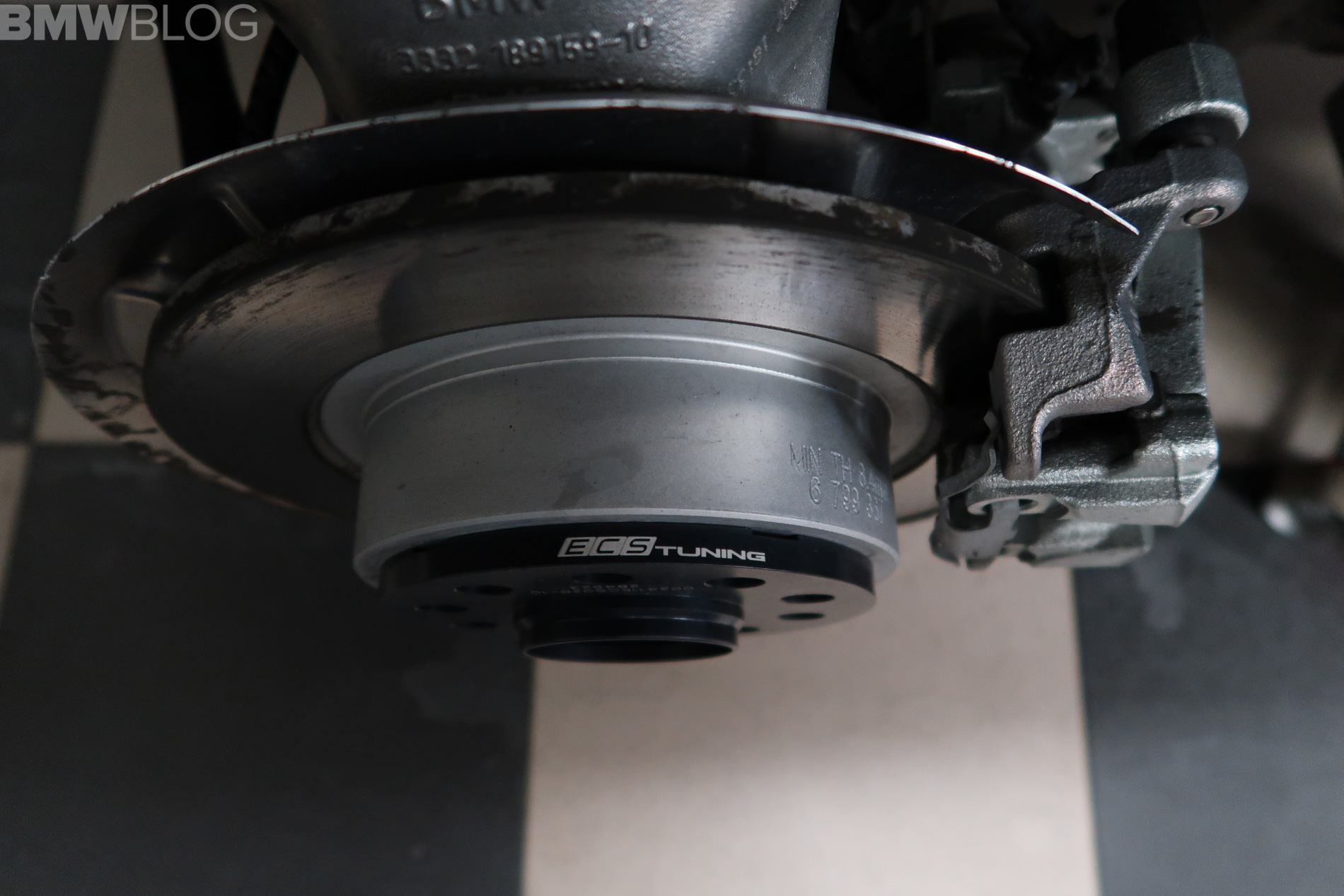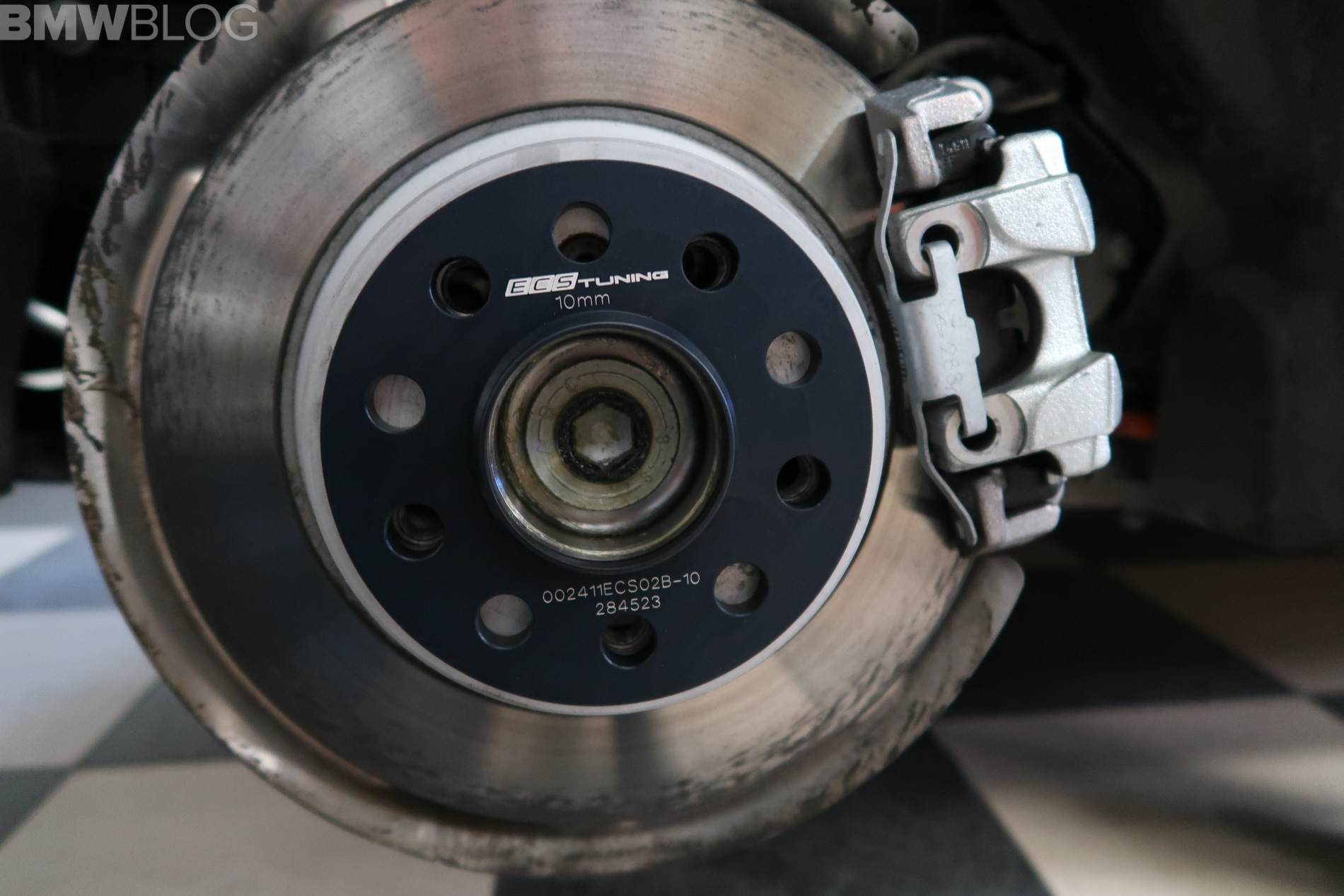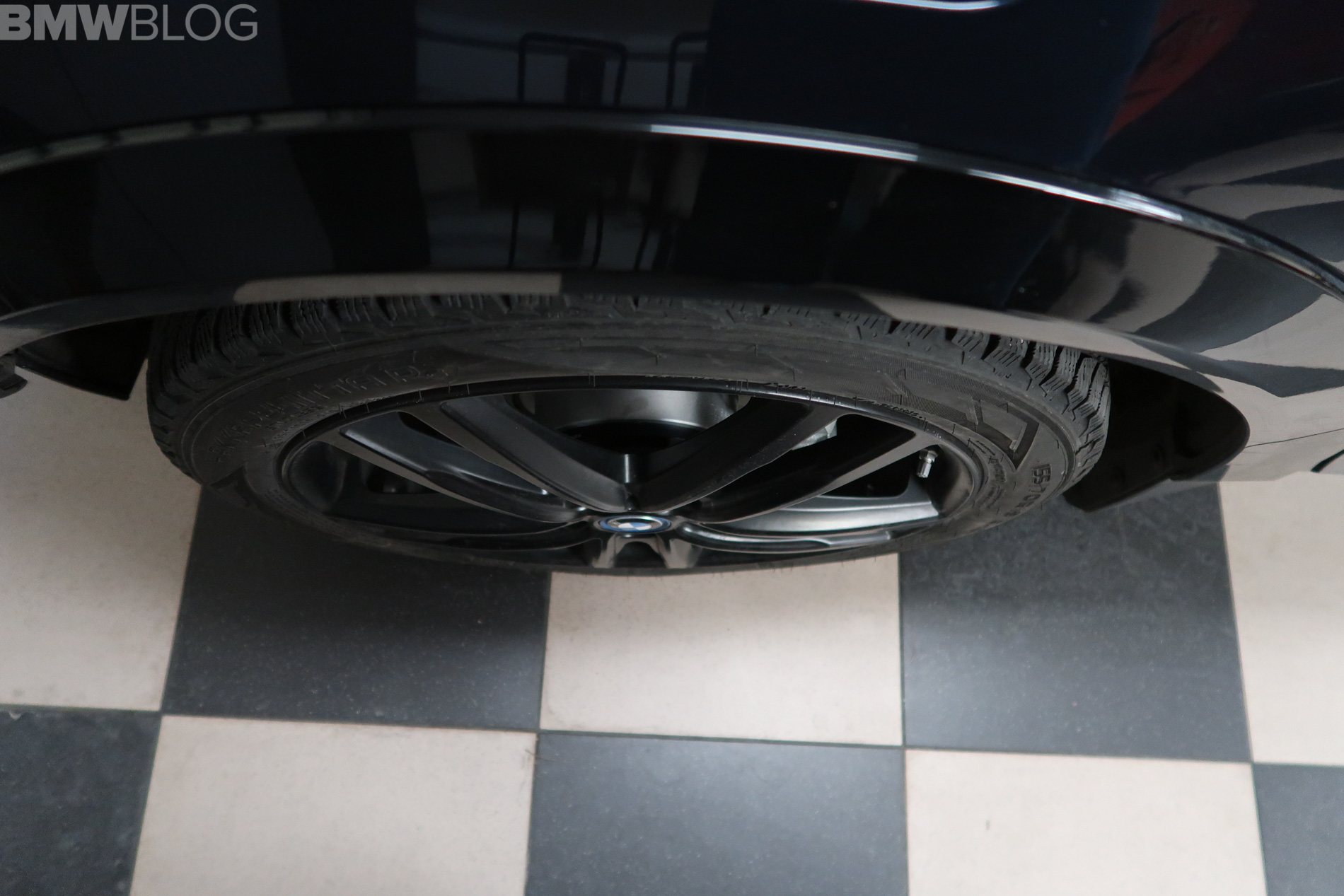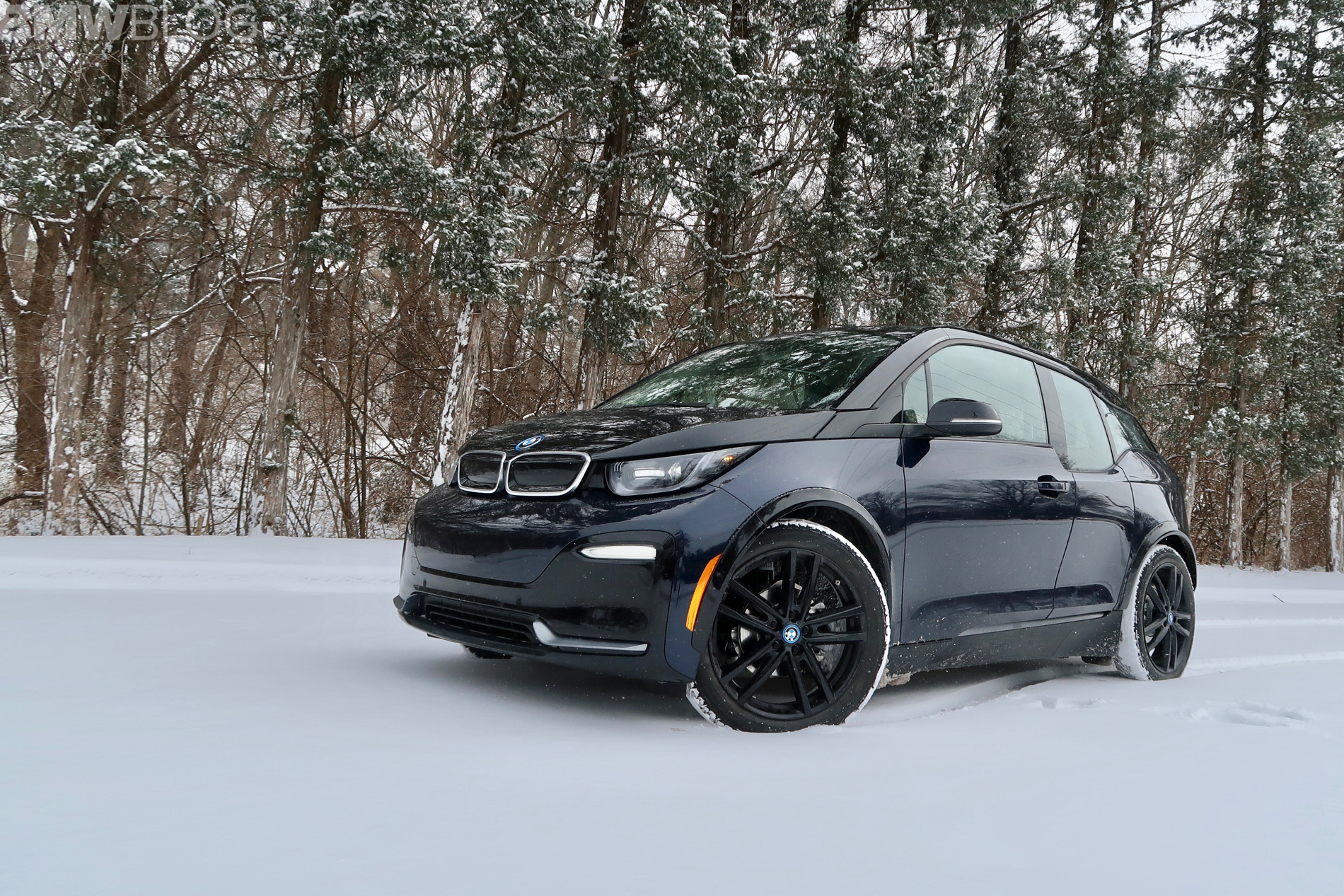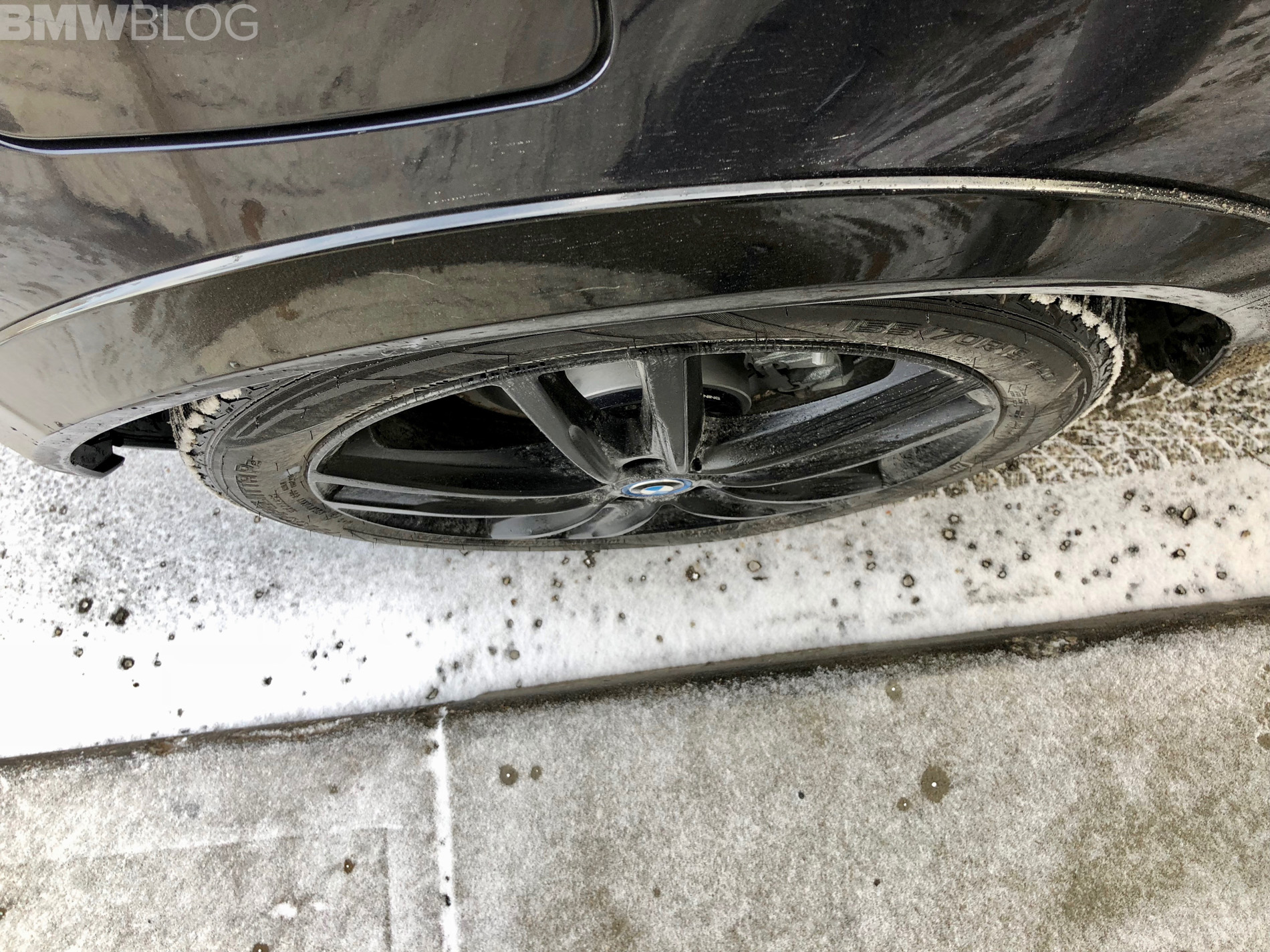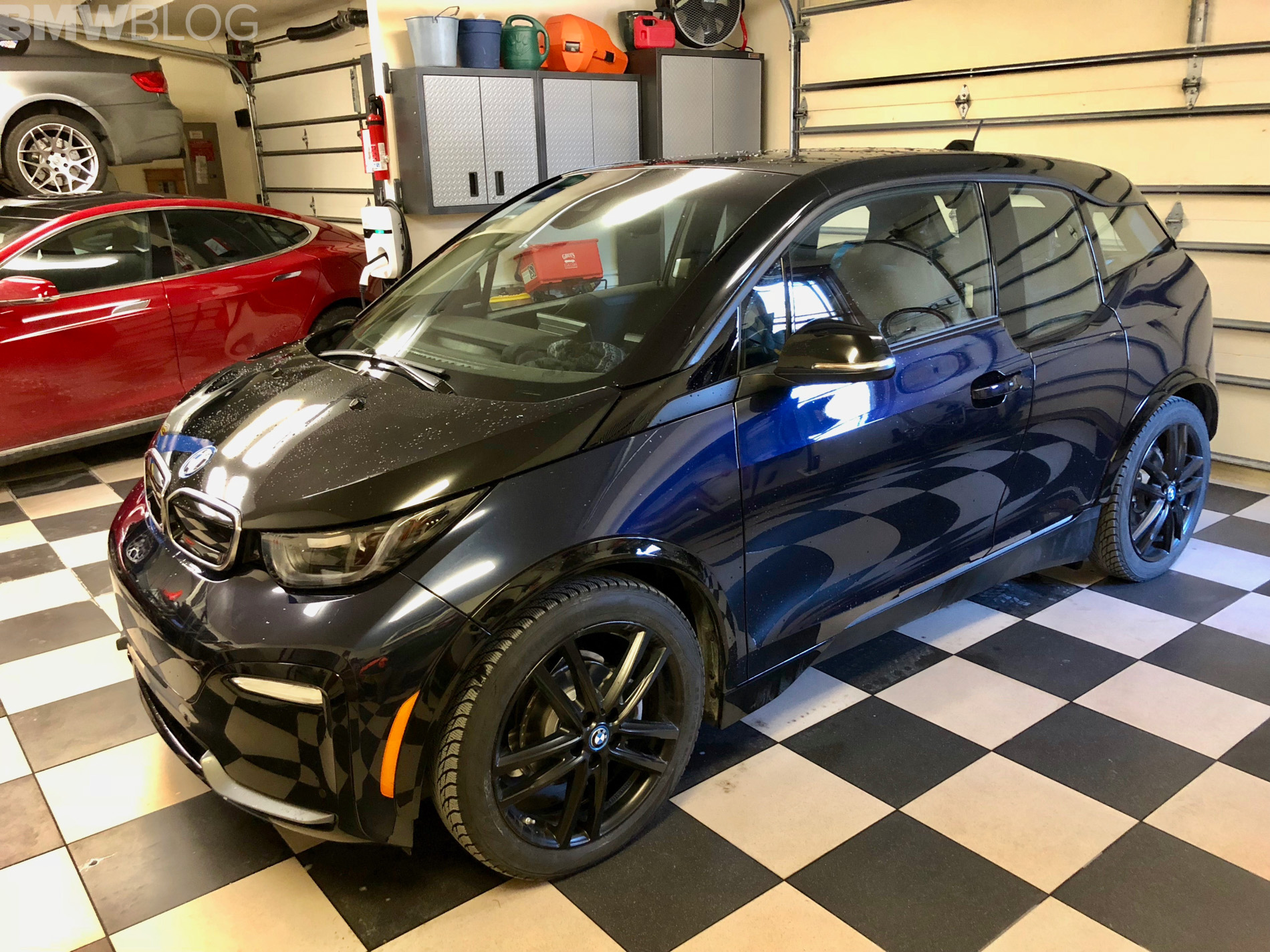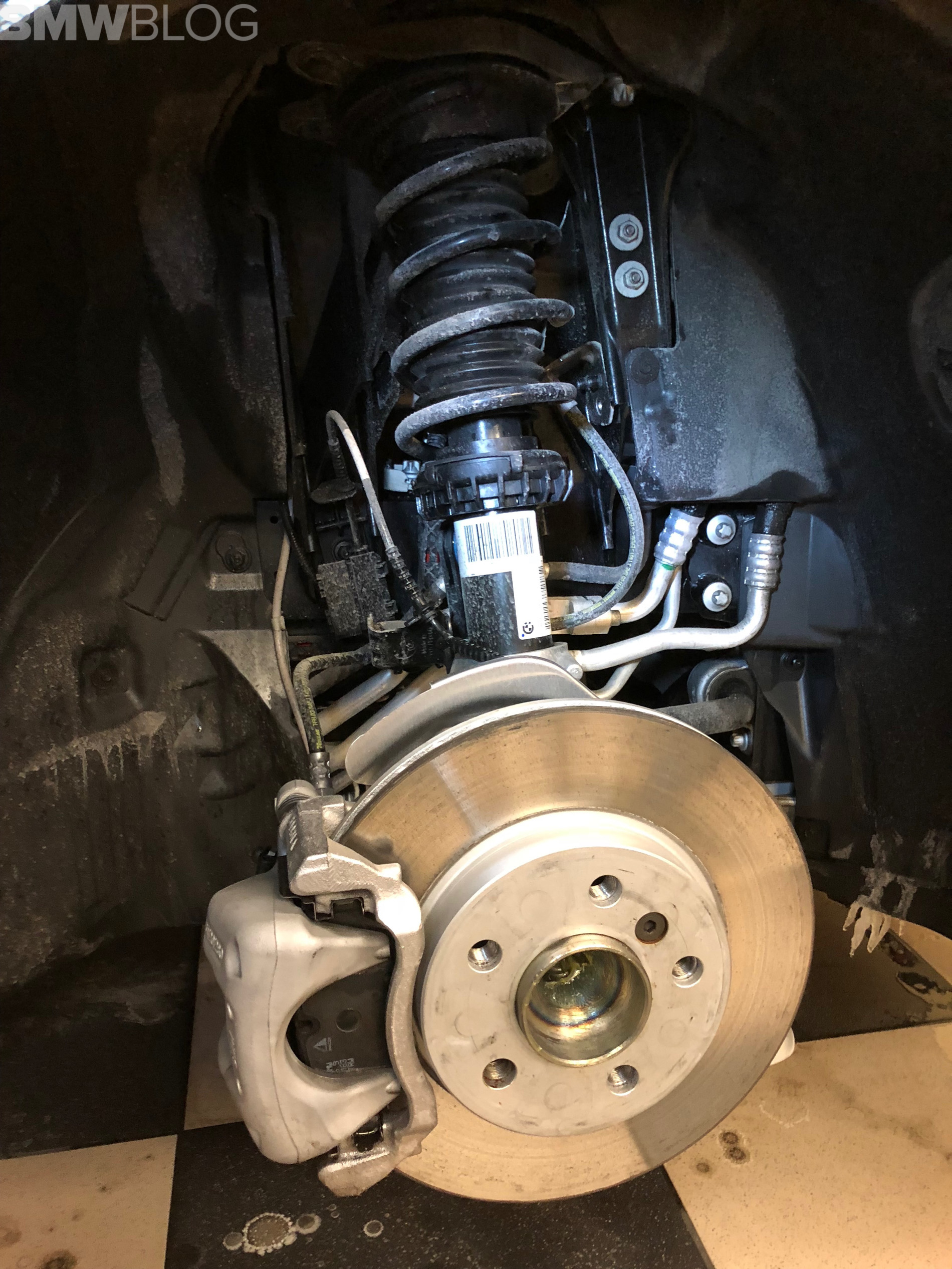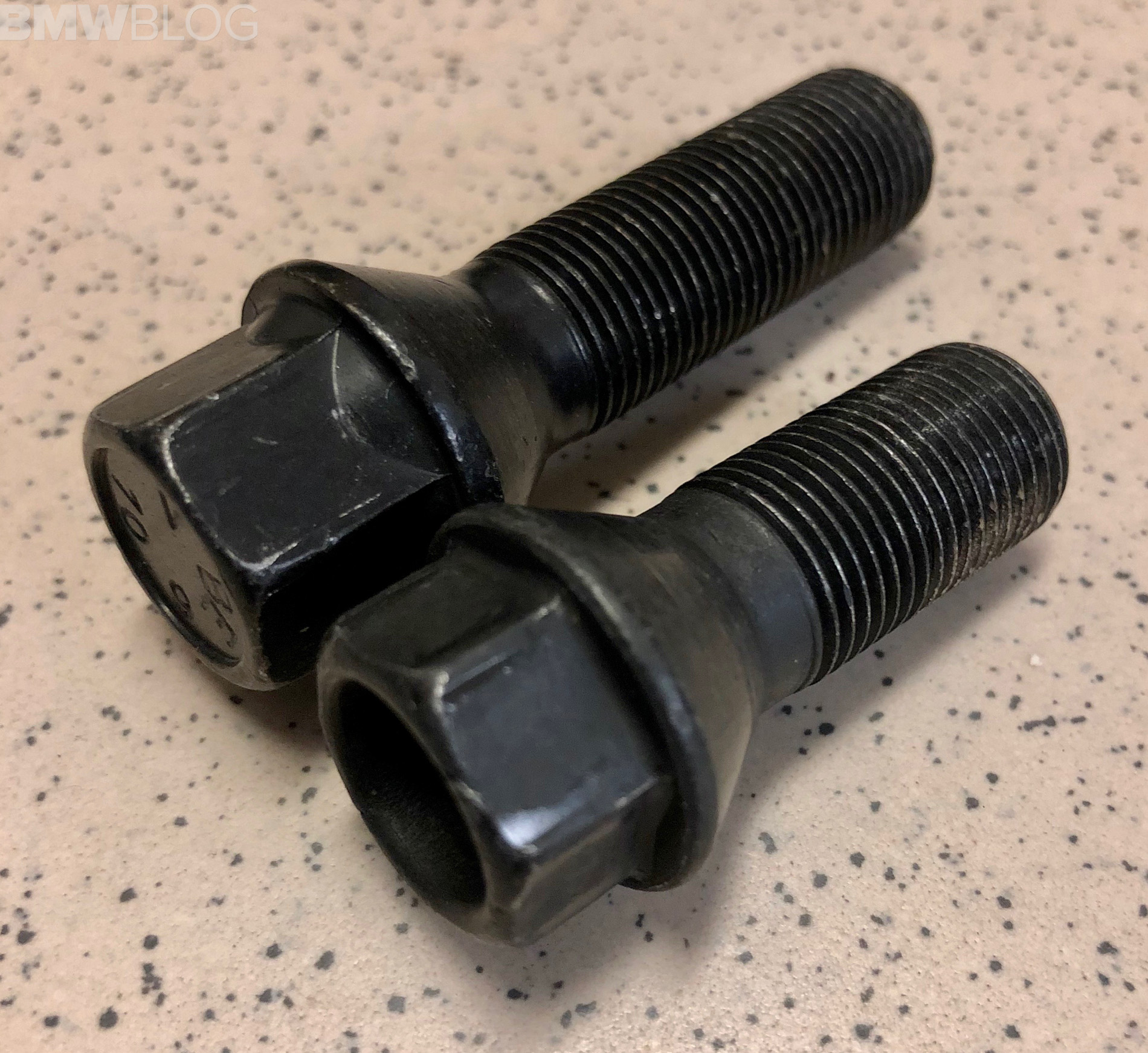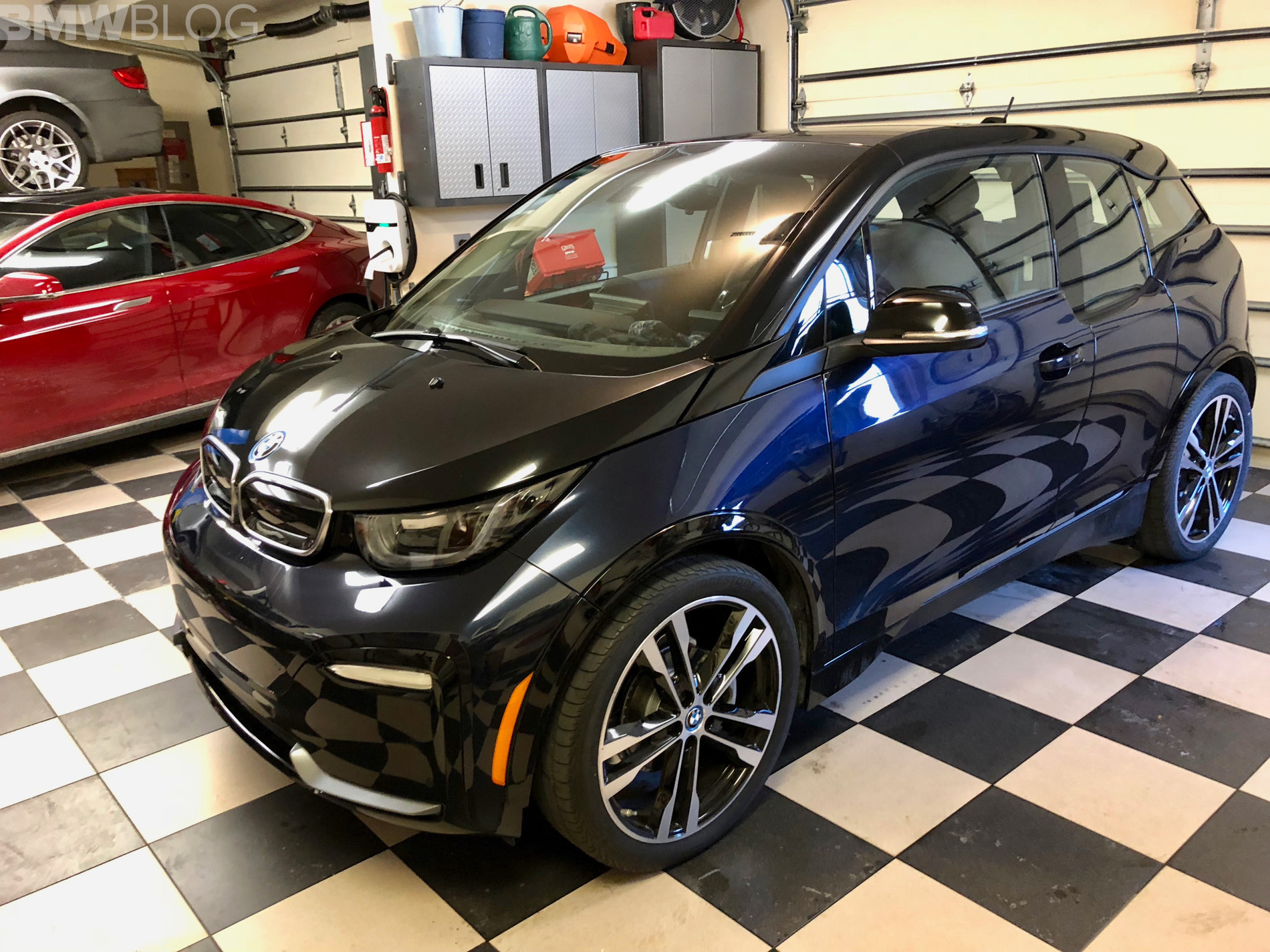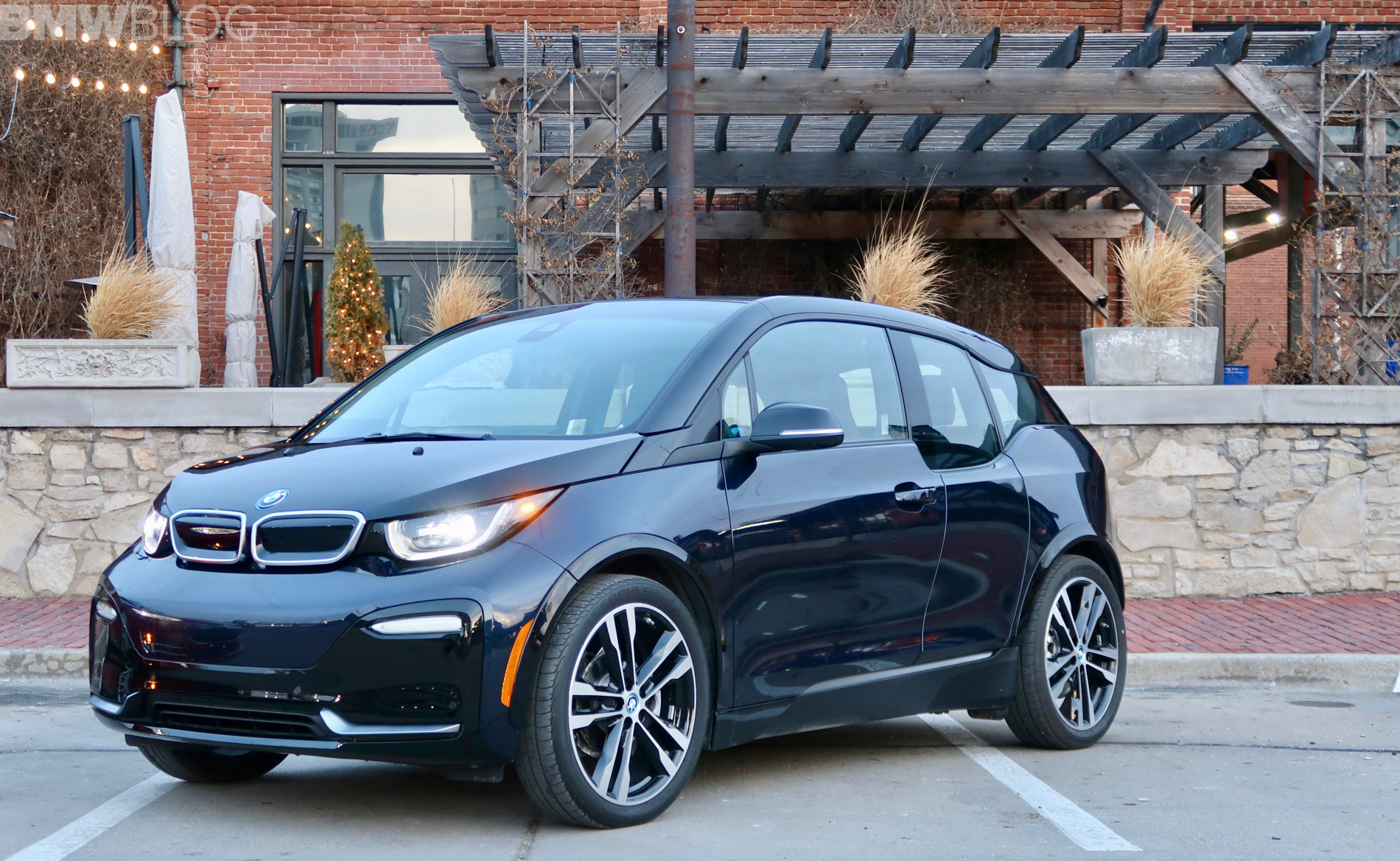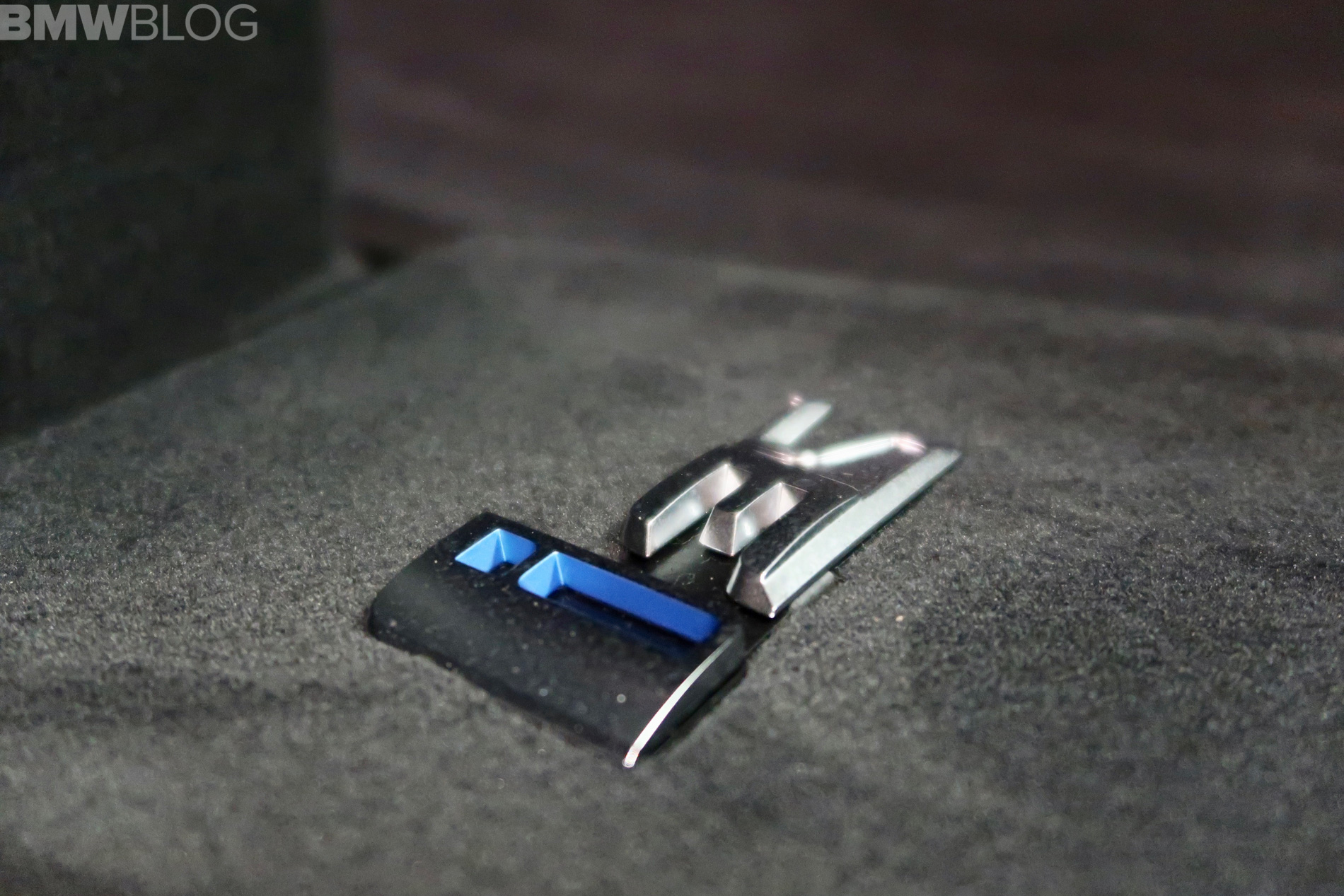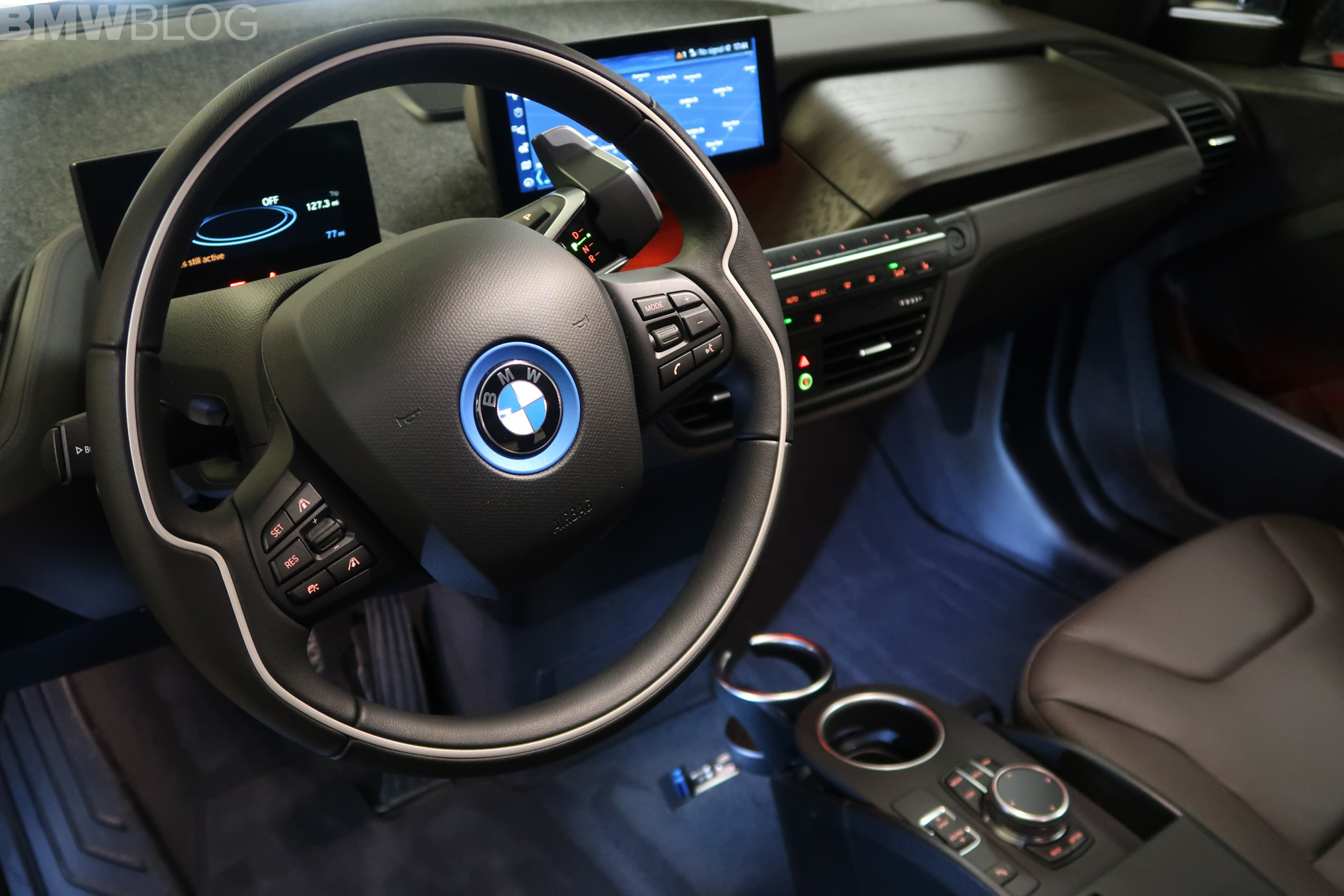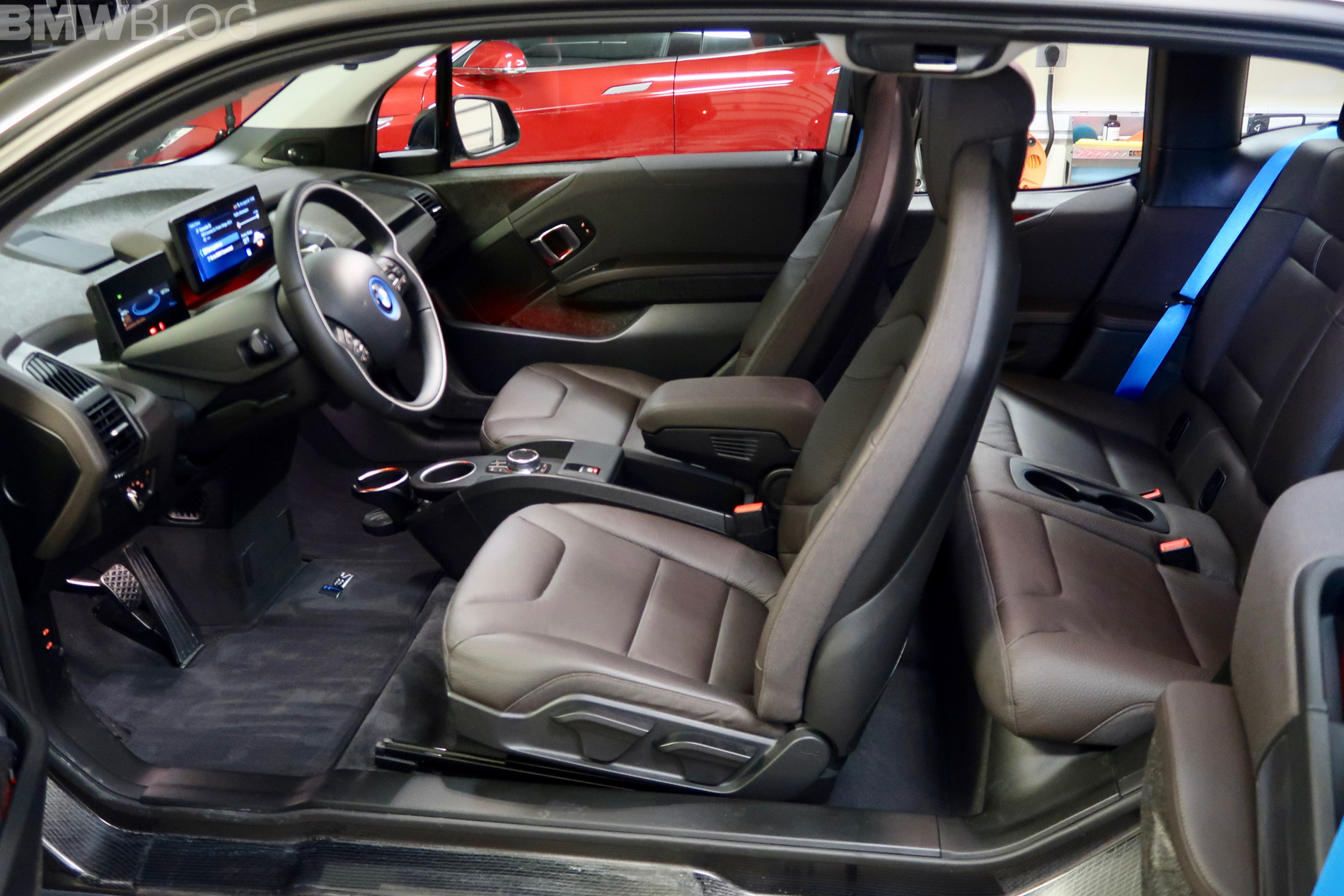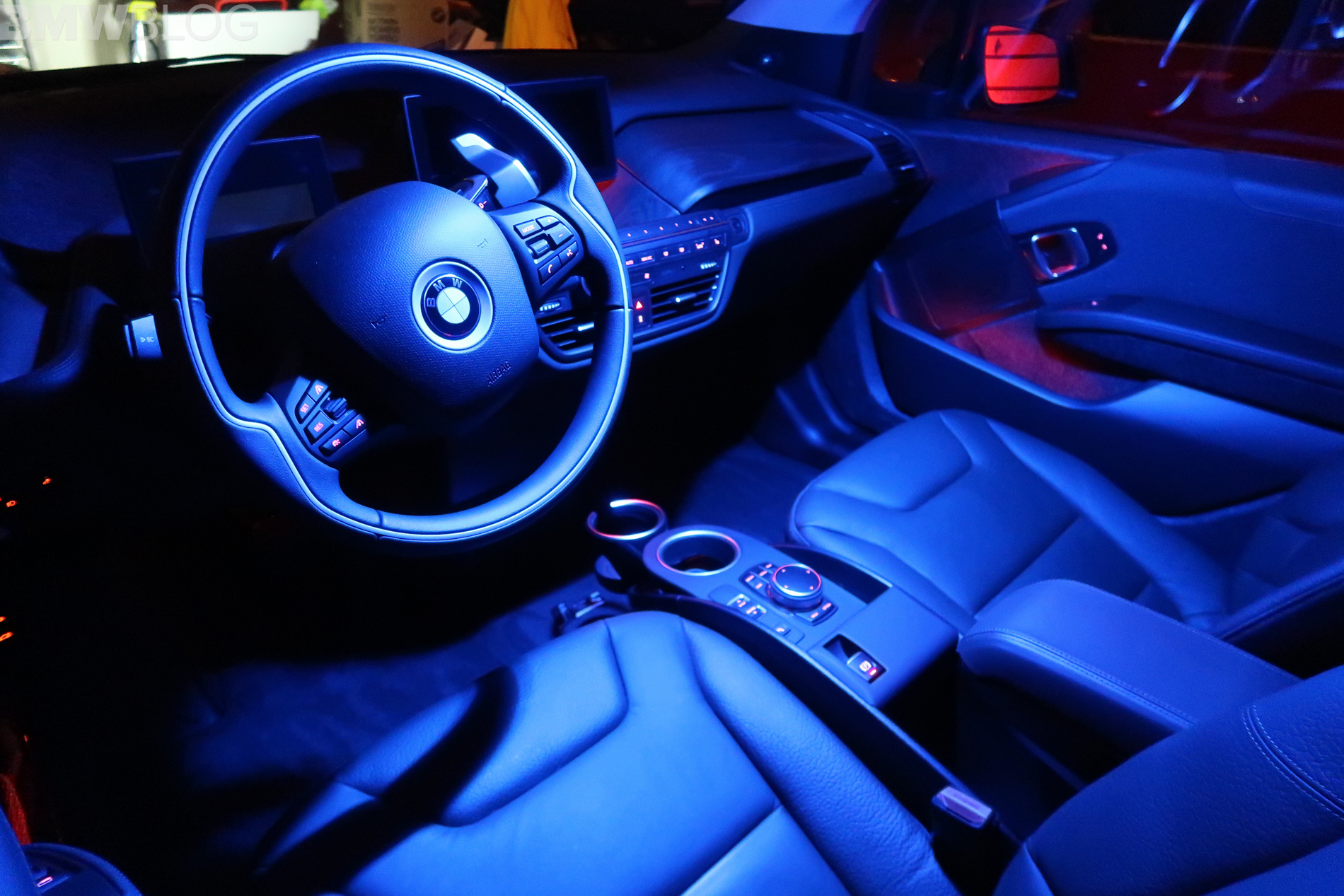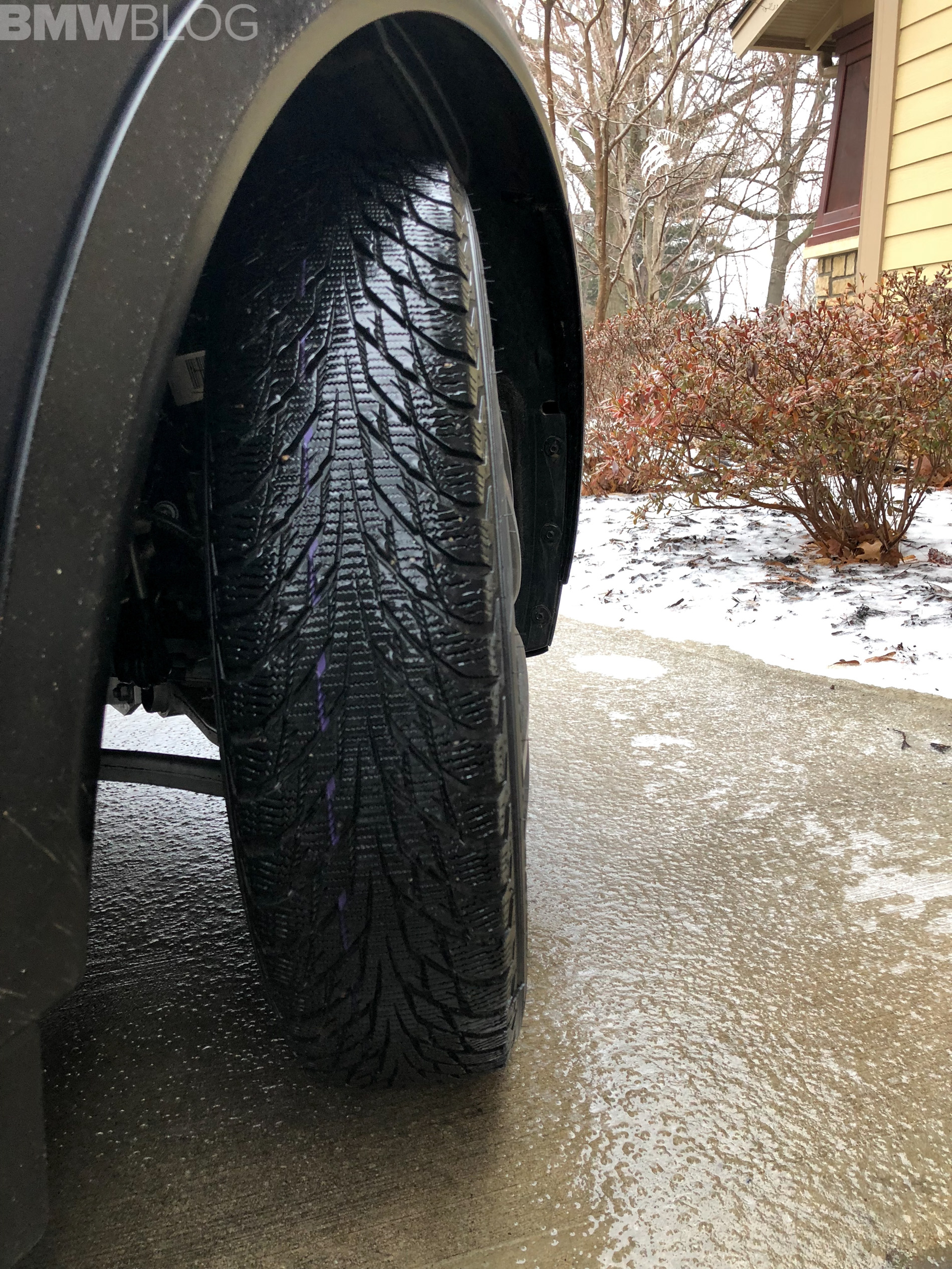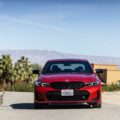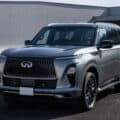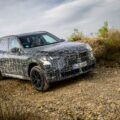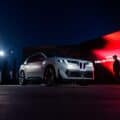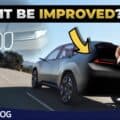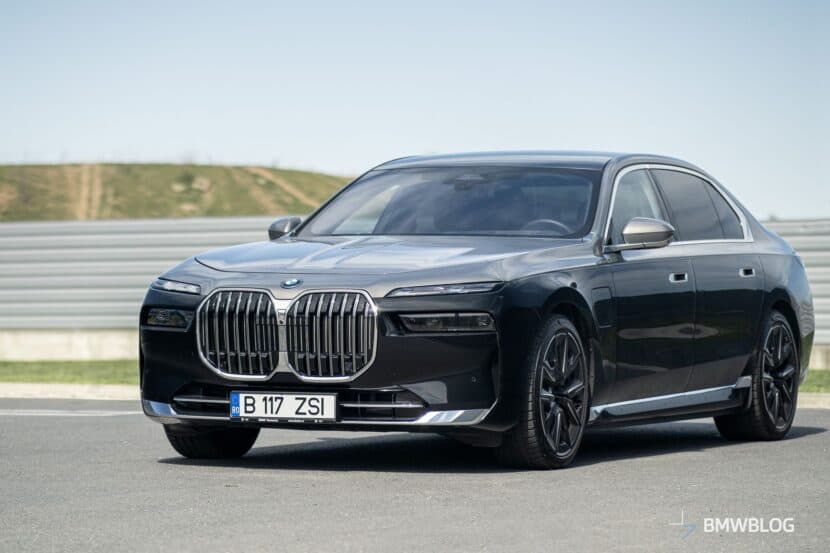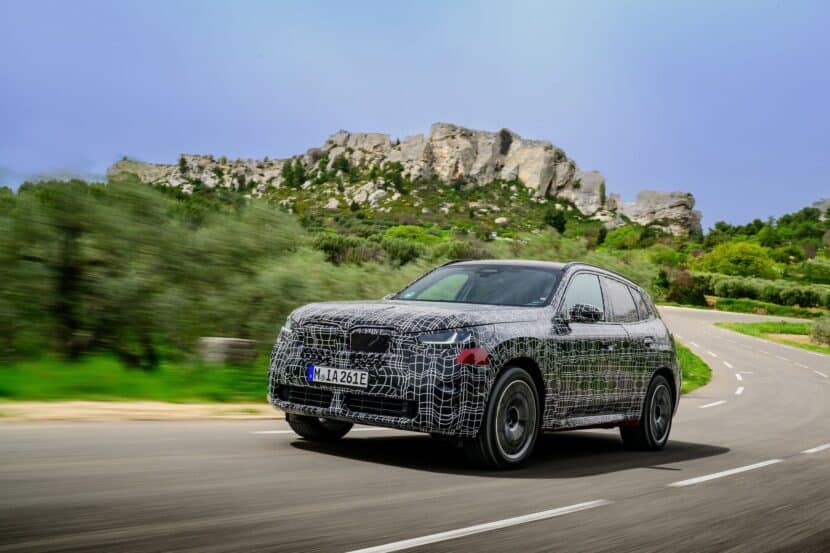The all-new 2018 BMW i3s is the Bavarians’ first ever Sport Edition of the i3. The i3s enhancements include the trifecta of increased power, improved handling and a more athletic appearance. The i3s has unique wider 20 inch wheels with performance summer tires, as well as a lowered and wider stance. The track has increased by 40 mm and ride height lowered by 10mm. Visually the i3 is most easily identified by its larger wheel arches and unique front and rear clips. The question remains, how does an i3s sporting chassis handle the winter?
We picked up our new 2018 Imperial Blue Metallic i3s on January 4th, right in the dead of winter. We opted for the Tera World with Brown Full Leather, plus the Technology and Driving Assistant Package. To top it off, we also went for the BMW i Blue Seatbelts, Harman Kardon Sound and Apple CarPlay, for a total MSRP of $56,445.
I knew on the short drive form the dealership to our house that this BMW had fixed one of my biggest complaints with the i3, namely this thing handles great on the highway! Instead of a tipsy feel, when at highway speeds and crosswinds, the 2018 i3s feels hunkered down and more planted. Cross winds no longer buffet the car about. As far as the Sport goes, the initial off the line acceleration feels no different than the 22kWh i3 BEV, however over 30mph the i3s really scoots. Though this is the same motor in the entire i3 line, the programing on the i3s allows more power where it can really help – on ramps and passing maneuvers.
Moving from a 2014 i3 to the 2018 i3s, BMW has increased the battery capacity from 22kWh to 33kWh. Interestingly BMW did this by simply using a higher 94 amp hour battery cell instead of 60 ah cells, so that the packaging of the i3’s battery did not need re-engineering.
EPA rated range has gone from 80 miles to 107 miles. So far in 1600 miles of driving in winter weather we are averaging 3.2 miles per kWh. I expect this to improve when the weather warms up, as batteries will be more efficient and wont be needed to heat up the cabin. Though just a slight bump up in range, the i3s is now more useful to us and definitely enjoy over 100 miles per charge. We even made a trip to a college town 45 miles away that we would not have been able to do in our old i3 without charging for the return trip. The DCFC charger is a nice bonus too because our old i3 did not have it. I can easily go well over 100 miles in a day if I hit the DC Charger for even just 15-20 min.
To heat the cabin, all i3 BEVs in the US have a fabulous heat pump style heater, plus heated seats that work great in the seriously cold weather. Unfortunately the new i3s is just as bad as our old i3 at fogging up the windows in the winter. Despite my desire not to run the heat much, I still have to cycle it on and off to clear the windows. Yes, I have air vent set to fresh air. Sadly no heated steering wheel is available and there is no option for heated seats in the rear. We keep a killer pair of winter gloves to cope with a steering wheel that will suck all your body heat out of you in the freezing weather otherwise.
Perhaps the biggest engineering hat trick in the i3s is how much better it handles putting the power down with its improved traction. The control system is 50-times-faster, thanks to the control process being calculated directly in the powertrain instead of in a remote unit that required long signal paths. This not only helps with power delivery but also when you are in brake energy regen mode and hit a bump. The old i3 would at this point give up and free wheel and you’d have to immediately nail the brake pedal.
No longer, in over 1600 miles, many winter potholes and bumps, I can’t get the back-end to give up under regen. It consistently slows the car in a very predictable fashion. This is, in my opinion, the way the i3 should have been all along. Accelerating in the snow the traction control is more refined. The old system was rather intrusive, this new system is more subtle and I can definitely tell it is making more interventions per second. This system is so good on the i3s that it is being rolled out across many more of BMW’s automobiles.
Next there is a new Sport Mode which sharpens throttle response and increases steering effort. As no extra power is delivered, there is no active dampening and no change in steering ratio, which I find I don’t use it at all, especially in the winter. Zero to 60 even when not in Sport Mode is still at a brisk 6.8 seconds for the pure electric i3s. For reference, the base 2018 i3 BEV 0-60 mph is 7.2 seconds. The i3s Sport Mode reminds me of when General Motors made their sports cars seem faster by feeding more gas per inch of pedal travel. When trying to control at car at limit a twitchy throttle is not really helpful especially in the winter.
In Europe, BMW dealers have access to BMW OEM 19 inch wheels that have the i3s’s unique offset and allow the 155/70/19” snow tires to be utilized and apparently are only available in black. No dice here in the United States currently as dealers don’t stock these wheels and no idea when they will get them. TireRack.com does not stock them either or know if or when they will. Further, Stock i3 BEV wheels don’t work either as the offset is wrong.
As the 2018 i3s just hit US Dealerships in January 2018, snow tires are not available for the stock 20 inch i3s wheels and winter wheel sets for the regular i3 will not fit. How do I know? Well, we just moved up from a 2014 BMW i3 BEV to the i3s, so I went to the garage and stuck the old snow tires and wheels on only to discover they rub! The rubbing was only in the front, but was enough that I could not install them.
The reason that the regular i3 snow wheel set rubs is because BMW used a 10mm wider offset in the front and 15mm in the rear to help them achieve the 40 mm of increased track width for improved handling. This unique offset on the i3s is why our dedicated 19 inch Rial wheels and snow tires we used on our 2014 i3 wont work. We managed to overcame all these issues, with, drumroll please, spacers from an aftermarket tuner, ECS.
BMW in Europe still recommends running the same size snow tires 155/70/19s, so fixing the offset was the only thing that needed to be able to use our old wheels and snow tires. Given the choice, though, I’d buy the correct wheels because using spacers requires different longer lugs and are sometimes tricky to install and torque correctly.
I’ve found the i3s to quite stable in the snow and ice. It seems the increase track width and lower center of gravity give it more sure footing. We have had several snow storms and three days of ice, and the improved stance – being lower and wider- was definitely noticeable in the poor conditions. As all i3 models are rear-wheel drive, traction is extremely important and why we definitely recommend snow tires. I love going around sport utes that are stuck in the slick stuff. It never gets old. The must look at the little quirky i3 and think how in the world is it making it up the hill and my all wheel drive truck is not!
The i3s comes with 20 inch performance summer tires, if you plan on driving in winter weather snow tires are a must. We’ve compared the Bridgestone Blizzak LM-500 to the Nokian Hakkapeliita R2 in the past and have driven extensively in the snow on them in a BMW i3. For a full review, see here. Both are excellent snow tires and will get you through most anything. I’ve found the Nokians are softer and better at ice than the Blizzaks. If you drive a lot on the snow and not much on pavement, the Nokians are our choice. If however, you have a lot of highway driving and less snow, the Blizzaks would last longer.
BMW charges only $3,200 to bump from an i3 up to an i3s. In a base i3, 20” wheels are a $1300 option. Given that BMW adds 20” wheel to the i3s package anyway, the real difference is only $1900 for more power, improved traction control and better suspension. To me, going to an i3s over an i3 represents one of the best values BMW offers. All in all, the i3s is turning out to cope quite well with winter now that we have a snow tire solution. The extra range has made day to day use less stressful and the handling is outstanding.
We look forward to keep racking up the miles and will report back.



